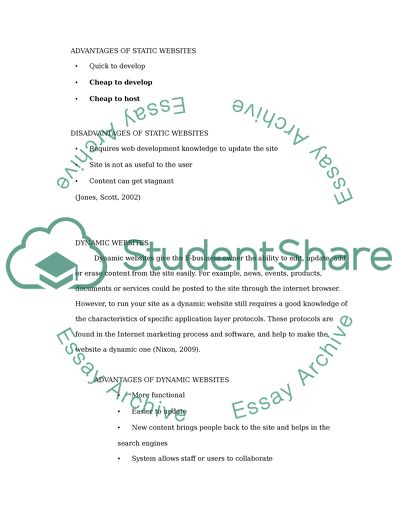Cite this document
(“Client,server scripting/internet security Essay”, n.d.)
Retrieved from https://studentshare.org/family-consumer-science/1414976-clientserver-scripting-internet-security
Retrieved from https://studentshare.org/family-consumer-science/1414976-clientserver-scripting-internet-security
(Client,server scripting/Internet Security Essay)
https://studentshare.org/family-consumer-science/1414976-clientserver-scripting-internet-security.
https://studentshare.org/family-consumer-science/1414976-clientserver-scripting-internet-security.
“Client,server scripting/Internet Security Essay”, n.d. https://studentshare.org/family-consumer-science/1414976-clientserver-scripting-internet-security.


